Maintenance is a crucial step in running a website and a checklist can be a useful tool to make sure you don’t forget anything essential. Just like an oil change for a car, there are certain routine tasks that ensure your website performs at its best.
To help you stay on top of them, here’s a detailed website maintenance checklist to help you feel confident that you can keep your website humming along as it should.
Why is Website Maintenance Important?
Without website maintenance, the quality of your site declines over time. Things like content drafts, unused plugins and themes, etc. tend to pile up. This is not only a nuisance but can also impede performance.
Plus, there is security. According to a 2019 Sucuri report, 60% of all hacked sites running on a CMS were outdated at the time of the attack.
Finally, part of maintenance is improving and promoting your website. If you want it to be successful, you have to regularly make sure to keep your site usable and get it in front of people.
Convinced? Then let's get to the actual list of website maintenance tasks.
Website Maintenance Tasks to Perform Daily
We’ll start off with those time-sensitive tasks you should do every day.
1. Moderate Comments
Comment moderation needs daily attention. For one, because anyone who takes the time to add a thoughtful comment to your site deserves a swift answer.
Secondly, as you will quickly find out, there is a LOT of automated comment spam out there. To keep them off your site, have a quick look at the moderation queue every day to sort out spam and low-value comments. An anti-spam plugin can help, too.
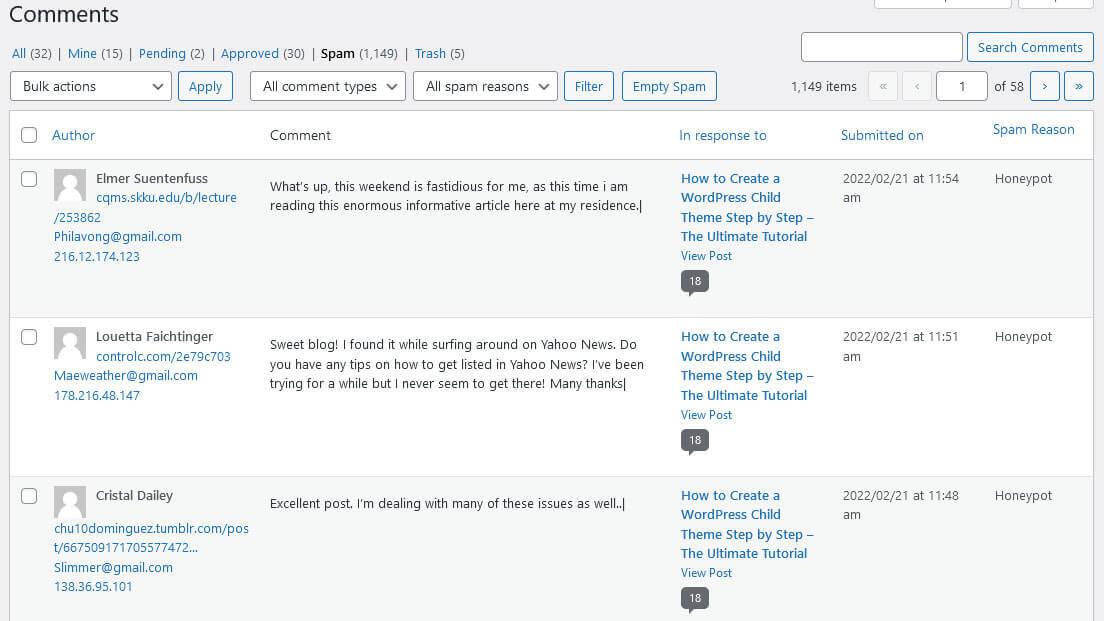
2. Create New Content
If you have a blog, publishing an article only every couple of months is not going to win you any favors, neither from readers nor search engines.
The best antidote to low content output is consistency. Writing at least a little bit every day will usually have more impact than trying to churn out 2,000 words in one go when the deadline arrives. So, do yourself a favor and make this part of your daily maintenance routine.
Weekly Website Maintenance Measures
Moving on from daily checks to weekly site maintenance. The following tasks don’t require daily vigilance but are still important .
3. Do a Visual Site Inspection
When managing a website, you often spend most of your time in the back end. This makes it easy to lose track of what’s happening on the front. Consequently, small mistakes can sneak in here, like an outdated banner or a widget that doesn’t load properly.
For that reason, as part of your website maintenance checklist, visit your site as a user every week. Click through your main pages and try to see if anything needs correcting. Bonus points if you use different browsers and mobile devices!
4. Review Webmaster Tools and Analytics
Webmaster tools can tell you problems that search engines have with your website like pages that they are unable to index, mobile usability issues, and more. They also tell you about your organic search performance.
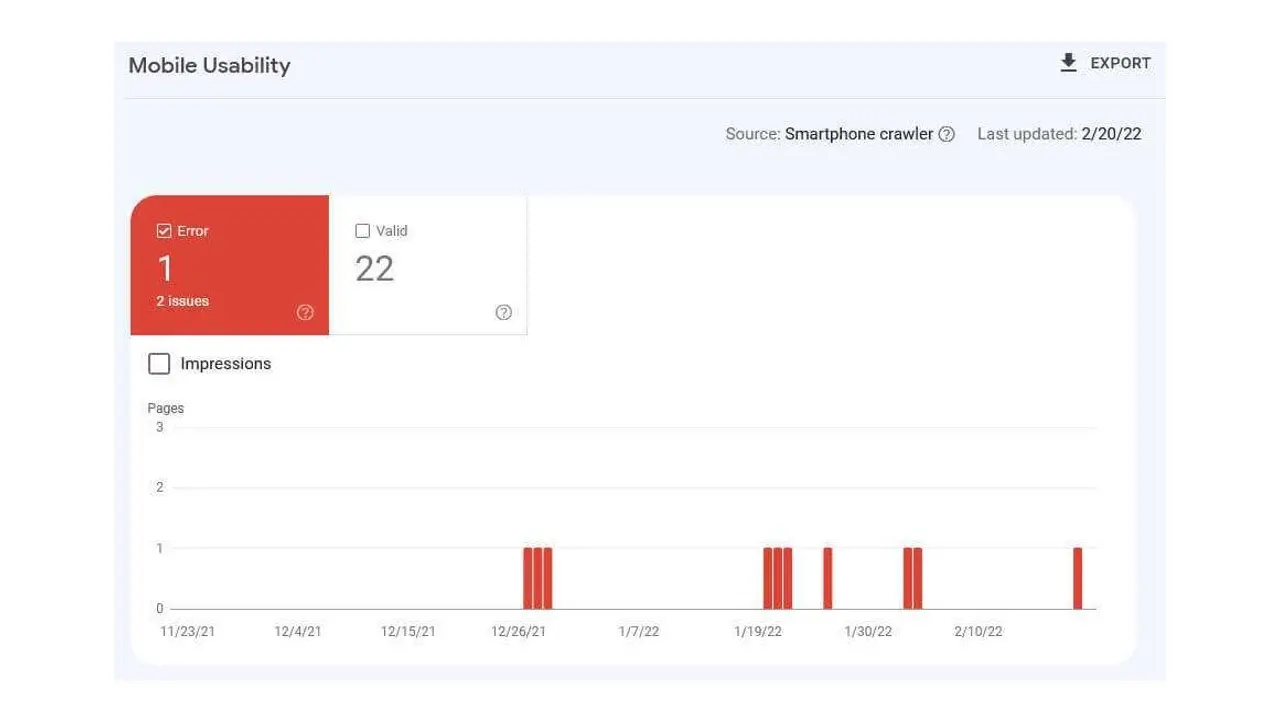
Analytics, on the other hand, enable you to understand the behavior of visitors on your site and which content they like best.
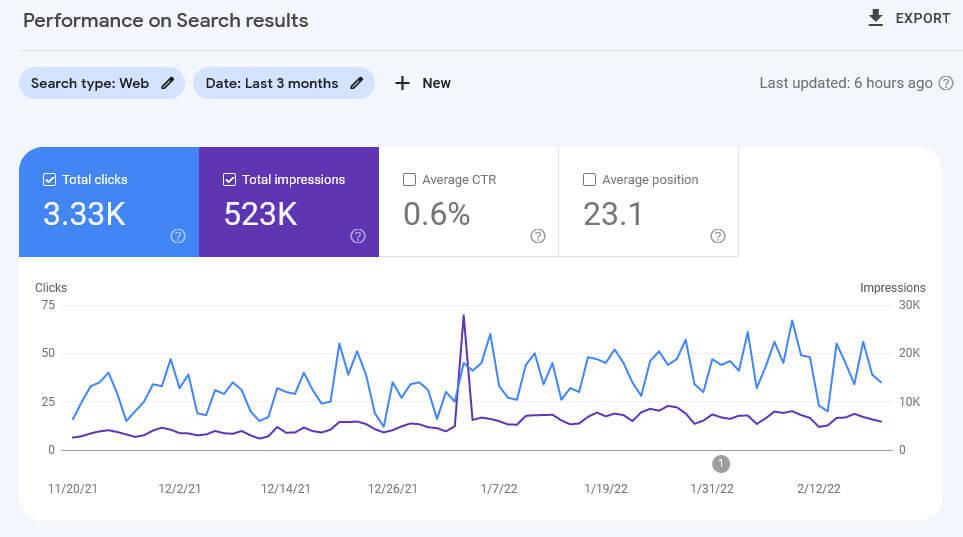
Together, this is invaluable information to see if your site and content are moving in the right direction. Make sure you swing by at least once a week.
5. Run and Verify Backups
When you have an up-to-date copy of your site, you can always go back to a working version of it, no matter what happens.
Consequently, doing at least weekly backups, preferably automated, is something you definitely want to prioritize. You can adjust the frequency to how often you update your site, but the important thing is that you do it.
Also, save your backups other than where your original site lies. Otherwise you could lose both to a broken server. Plus, regularly make sure that your backups are actually created and working.
6. Check for and Apply Software Updates
If you own a website built with WordPress or some other CMS, it’s important to update both the core software and any extensions like themes and plugins. They not only offer new functionality but also fix security issues and bugs that might have popped up in the meanwhile.
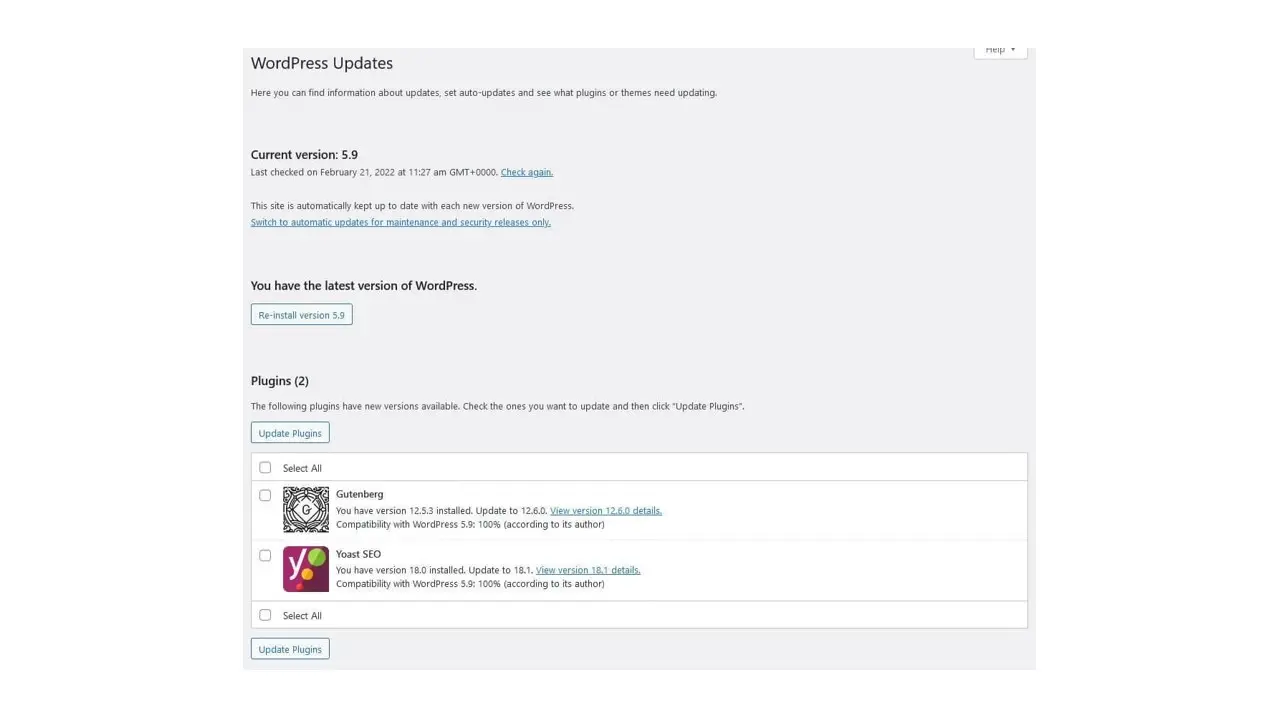
Be sure to test updates on a development or staging site before applying them to catch any problems before they hit your live site!
7. Plan Your Marketing Campaigns
There are many ways to get your website in front of an audience, from SEO over social media to paid advertisement and beyond. Yet, these things need to be planned and executed. Just like content creation, it’s a continuous effort that you actively need to make.
A weekly check in makes sure you have enough in the pipeline and allows you to take action if need be.
Maintenance Tasks You Can Do Monthly
Alright, we have arrived at monthly maintenance. Everything here is still crucial for the success of your website.
8. Test Site Performance
Website loading speed is one of the biggest factors for user experience and conversion rates, not to mention it plays into search rankings. Enough reason for you to test it regularly.
To stay on top of it, run your most important pages through speed testing tools like GTmetrix, Google PageSpeed Insights, or Pingdom. A special consideration here are also core web vitals in your webmaster tools.

If you are using Google Analytics, under Behavior > Site Speed > Page Timings you can see your fastest and slowest pages.
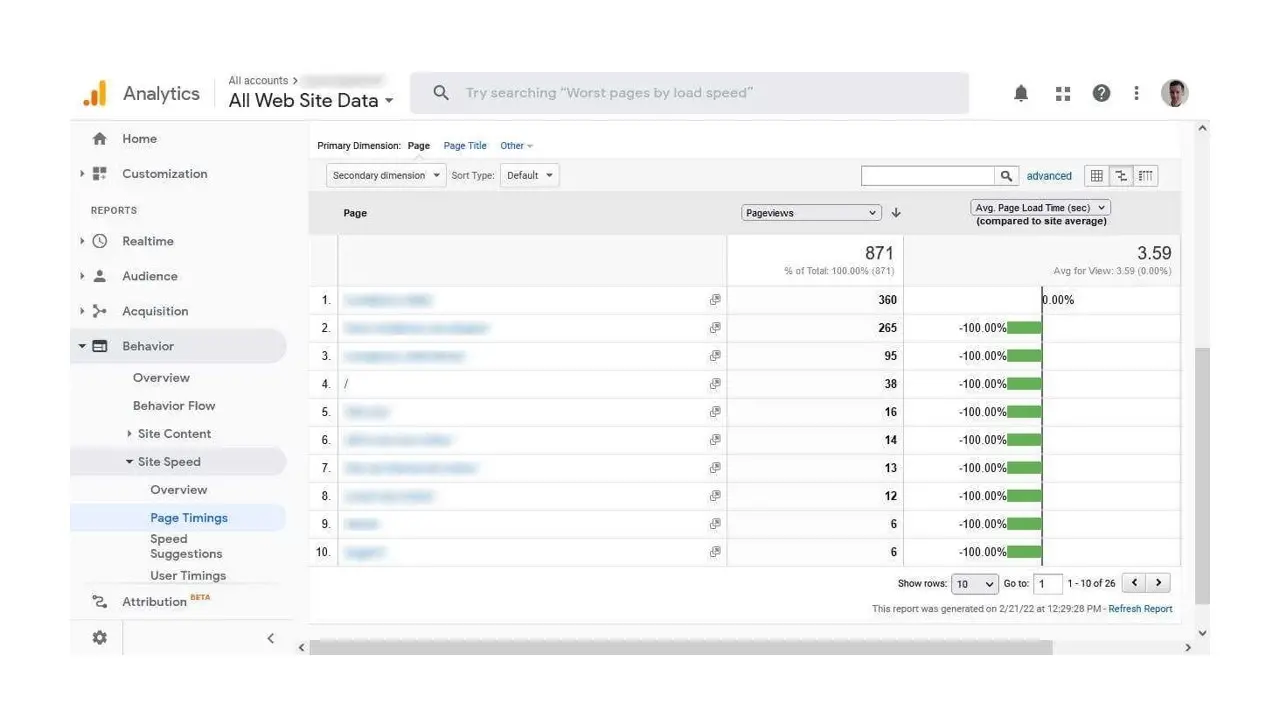
Run the slowest through the testing tools and fix any issues that pop up.
9. Test Contact Forms and Key Features
Every site has some key functionality that is its main focus. This can be a contact or email sign-up form or the checkout in case of an e-commerce site.
Whatever it is for you, these central site parts deserve regular testing. Check if everything works as it should every month. Plus, use this time to see if you can improve anything and make it even more effective.
10. Fix Broken Links
Broken links are annoying. Nobody likes to land on a 404-not-found page.
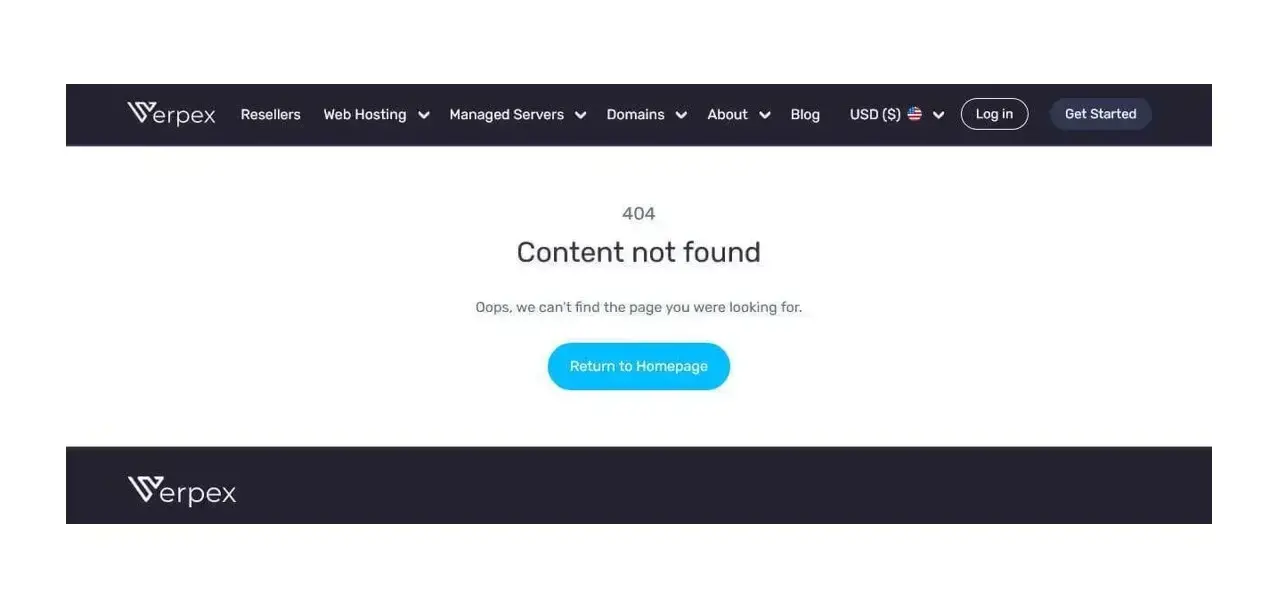
Plus, if you have a lot of broken links, you are leaking traffic. Users who land on a non-existent page are likely to leave and look elsewhere.
Useful tools to find them here are Screaming Frog, and the Crawl Stats section of your webmaster tools. As for what to do with broken links, redirect them to other relevant content. Also, invest in a helpful 404 page.
11. Review Site Uptime
Uptime means the share of time that your site’s server is available. In an ideal world, that would be 100%, though the industry standard is more like 99.9%.
How do you measure uptime?
The aforementioned Pingdom offers this as a service and there are others out there like UptimeRobot. If you find your uptime lacking, it might be a sign to reconsider your hosting provider.
12. Review Your Content Strategy
Daily content creation is important to regularly be able to publish but you shouldn’t miss the forest for the trees.
Every now and again, you need to take a step back and have a look at your overall content strategy and whether it’s working. Use your site metrics and user comments as orientation.
Checking in on this on a monthly basis is a good rhythm. It allows you to shape your content calendar ahead of time and take corrective action if necessary.
13. Delete Unnecessary Themes and Plugins
Unused components on your website are both a security risk and potential performance problem. Eliminate what you are not using, but also look at whether something can be replaced by leaner solutions. You might also deactivate rarely used plugins temporarily.
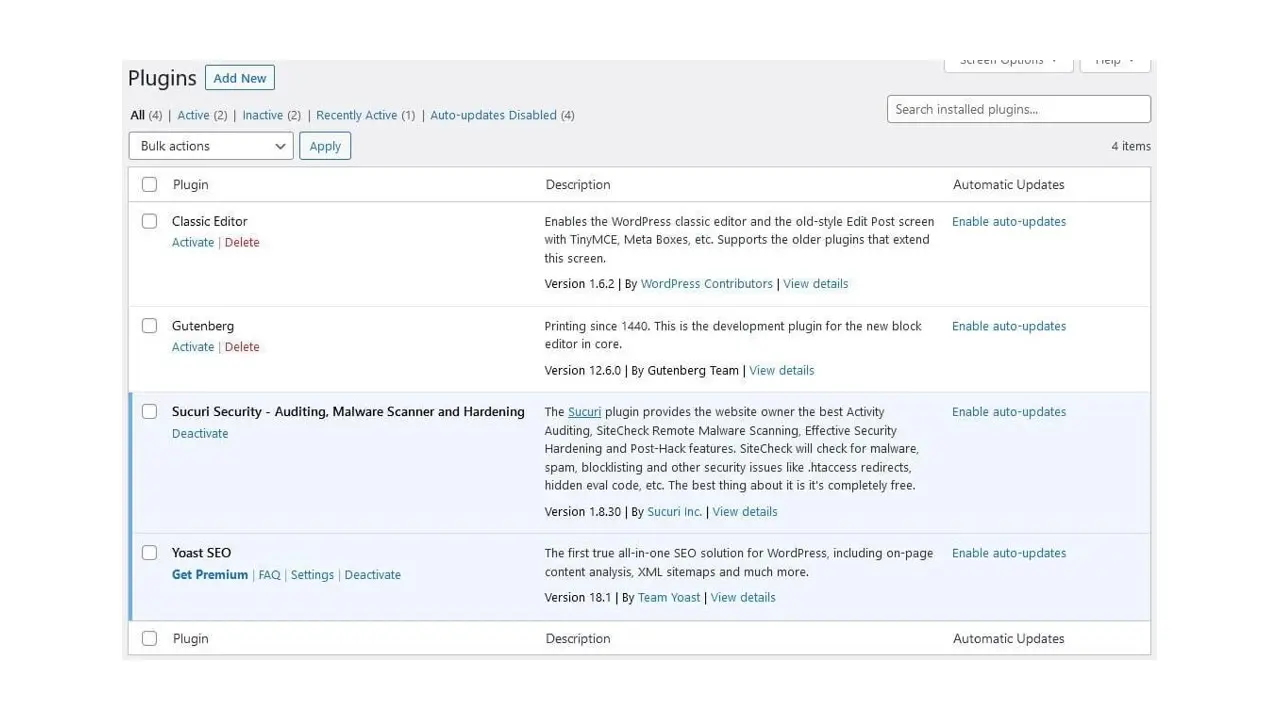
Quarterly Website Maintenance Tasks
Further increasing the spacing, we are now arriving at those maintenance measures that are enough if you do them every quarter.
14. Change Passwords
Safe passwords are the foundation of security. They protect every part of your website, be it your CMS, database, hosting account, or else.
What makes them even safer is if you change them regularly. Therefore, sit down every few months and set up fresh passwords for everything that is important in connection with your site. Plus, force everyone else on your site to do the same.
A good password generator helps and you can further lock down your site by limiting login attempts and using a firewall.
15. Review Website Users and Permission Levels
Besides safe passwords, it’s also super important to control who can do what on your website. Regularly review who has access to your site and to what extent. Revoke and downgrade as necessary using the principle of least privilege.
16. Delete Post Drafts and Revisions
Especially on content-heavy websites, it’s easy for leftovers to accumulate. This includes post ideas that never saw the light of day, automatic revisions, unused widgets, media files, taxonomies, etc.
All of this puts strain on your database. Combat this by going over your site every few months and see what can go. In addition, switch off or limit post revisions in your CMS.
17. Optimize Your Database
Other things that can clog up the database are leftovers from plugins and temporary data. Keep your site running smoother by doing a bit of database cleaning every few months.
You can do this manually in phpMyAdmin or with plugins like WP-Optimize or WP-DBManager when using WordPress.
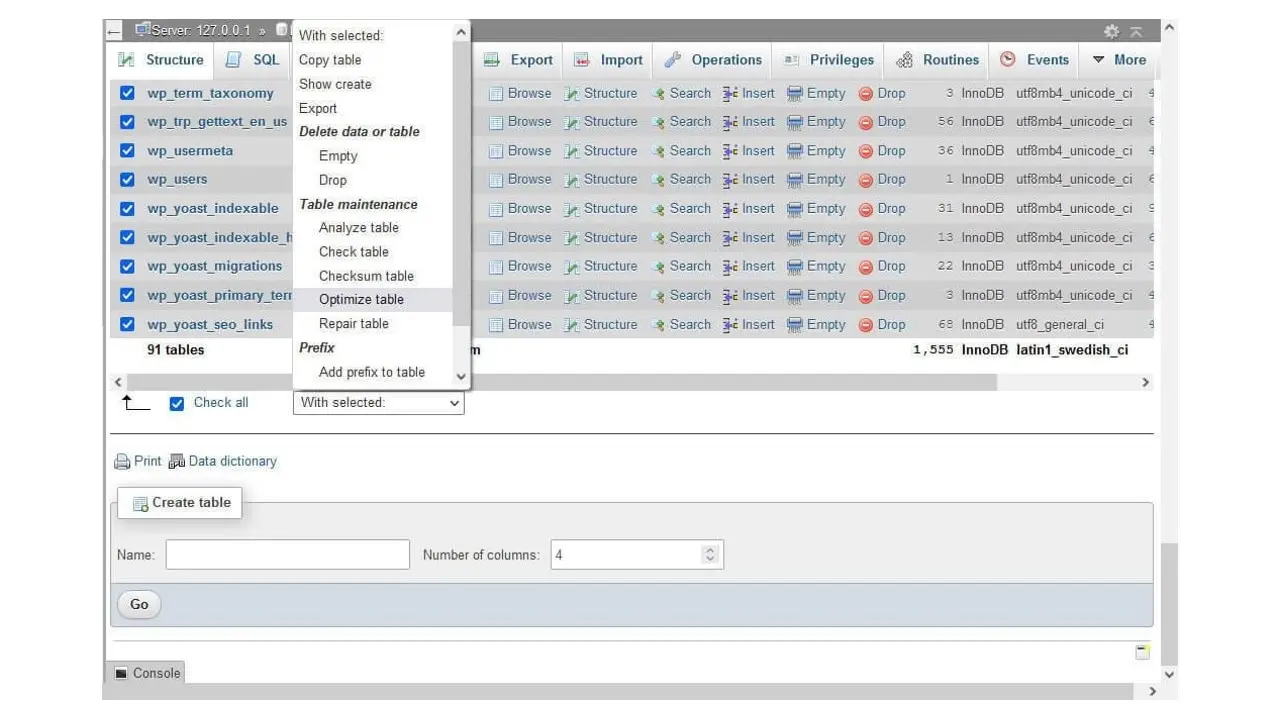
Maintenance Tasks to Do Once a Year
In the final part of the website maintenance checklist, we will talk about those tasks that are enough to do yearly.
18. Review Domain and Hosting Renewals
Hosting contracts typically renew every year, which is a good time to review them. Your site performance and uptime checks should tell you if your current provider is still sufficient for your needs. If not, it’s better to look for alternatives before the renewal kicks in.
If you are looking to change providers, here at Verpex, you find both managed and unmanaged hosting options tailored to many different needs. We also fully assist you with migration to our service from any other provider and offer a 60-day money back guarantee. See if it’s the right fit for you!
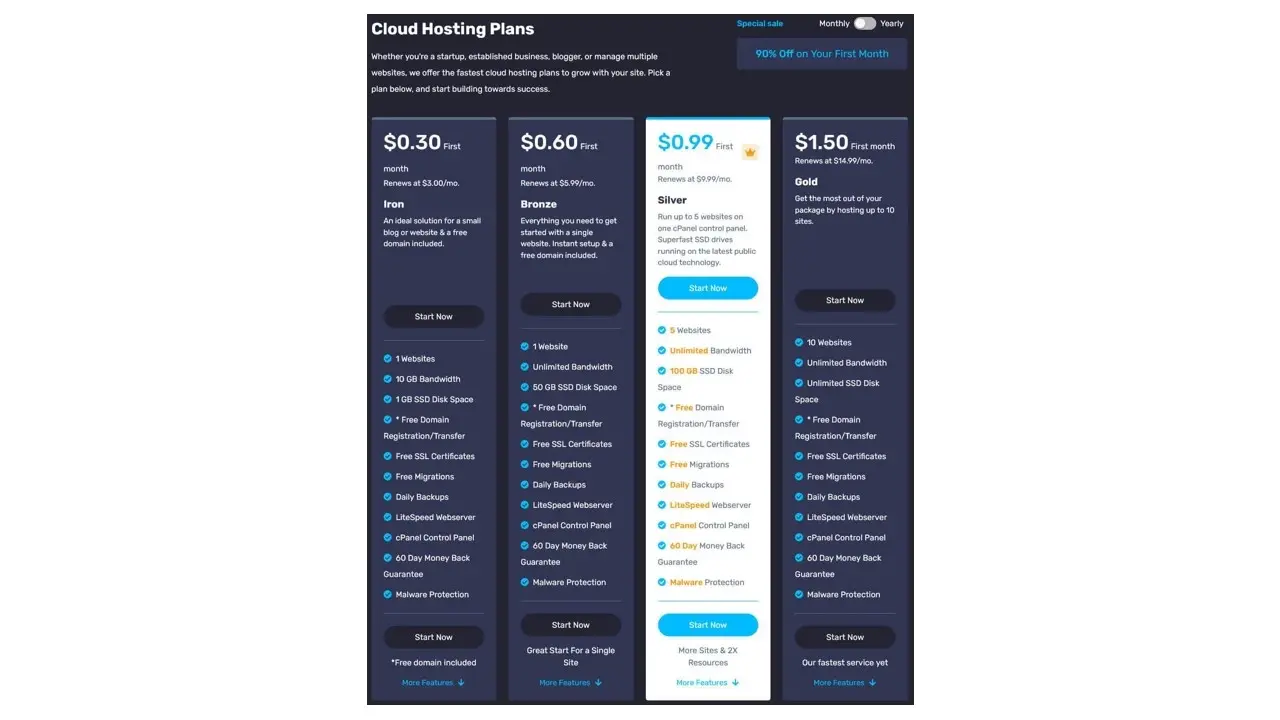
Much of what’s valid for hosting is also true for domains. Make sure that the ones you need are set to automatically renew and let those expire that you don’t. Also, check that your providers have the correct payment information at hand!
19. Update Legal Policies and Requirements
These days, you need to adhere to a lot of red tape to run a website. Check at least once a year if you are still doing that, in particular your:
Cookie banners
Privacy policy
Site copyright notice
20. Review Your About Page
The About page is where you can tell visitors who you are and what you can do for them. However, the information here is also bound to change.
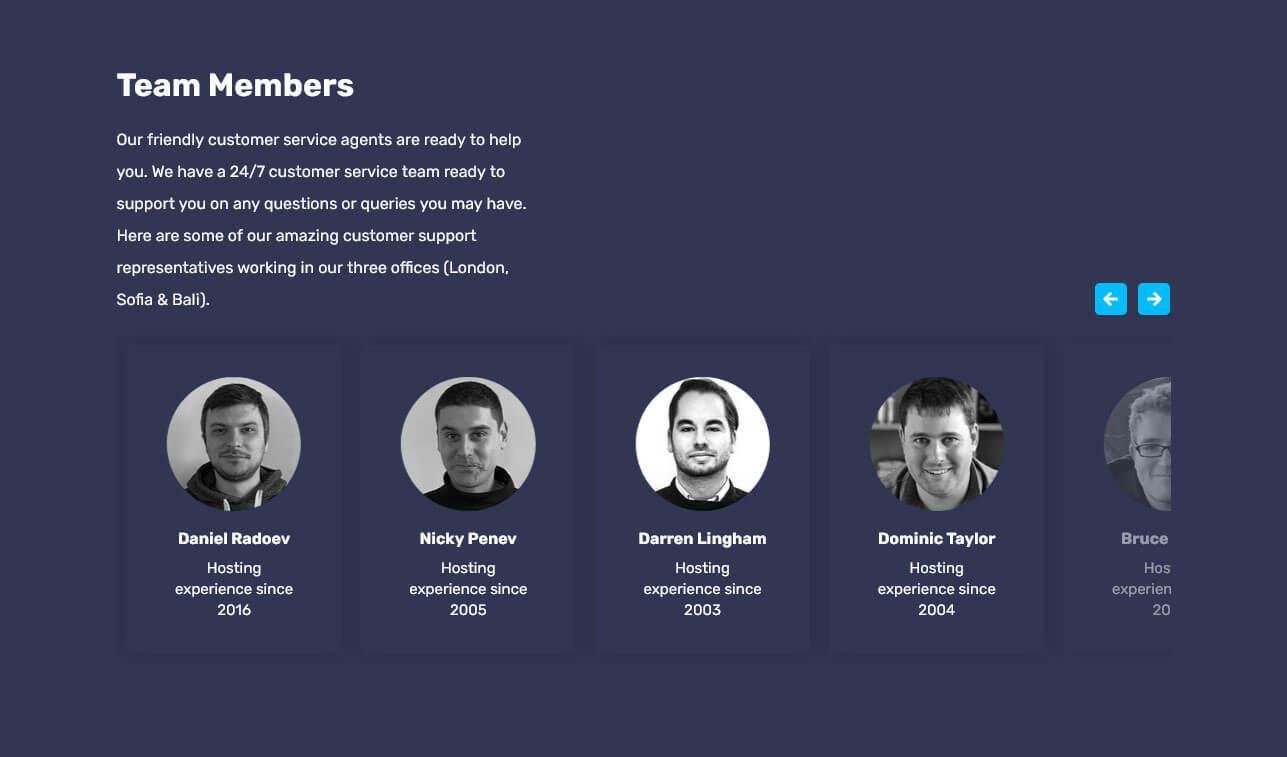
Maybe your business objectives evolve, personnel changes, or you land impressive new clients. All of this is something you should make known, so check once a year if the page still accurately reflects who you are.
21. Do a Content and Design Audit
Just like the About page, the rest of your site should stay up to date as well. Once a year, it’s a good idea to sit down and check if it still represents your company and, if not, what to do about it. This might lead to a rewrite or redesign but it’s often worth it in the long run.
Plus, you also want to review your blog content. Updating older content offers numerous benefits, especially in terms of SEO.
What’s on Your Website Maintenance Checklist?
Website maintenance is not something to skimp on. Your web presence needs regular checkups just like other important business assets. The above checklist is a good start to create your own website maintenance schedule. What else will you put on it?
How do you take care of website maintenance? Do you have anything to add to the checklist? Please share your thoughts in the comments!
Frequently Asked Questions
Why should I create a website?
There are many reasons why you should create a website if you’re an artist. You can use it to create a place where people can learn about you, talk about your art, or show off your work.
How much does a domain cost monthly?
Usually, domain names cost from $0.99 to $12 per month. However, at Verpex, we offer a free domain name with our hosting packages.
Is there more than one Content Management System?
Absolutely! There are hundreds of CMSs available, and they all work in different ways.

Nick Schäferhoff is an entrepreneur, online marketer, and professional blogger from Germany. When not building websites, creating content, or helping his clients improve their online business, he can most often be found at the gym, the dojo, or traveling the world with his wife. If you want to get in touch with him, you can do so via Twittter.
View all posts by Nick Schäferhoff



















